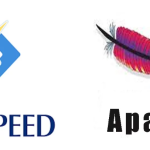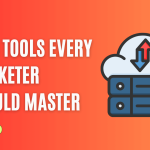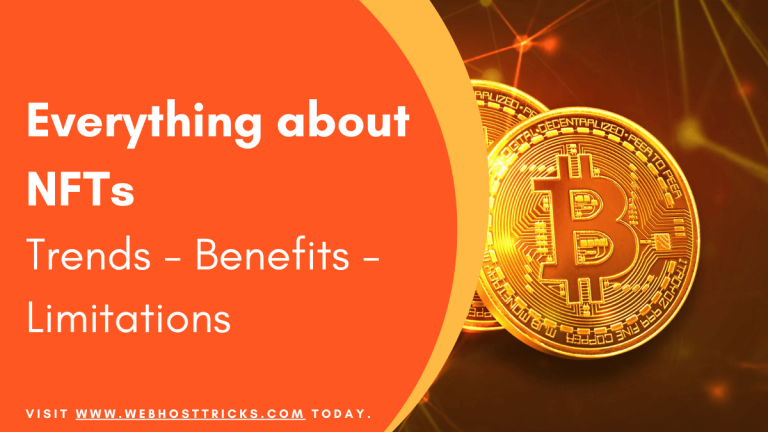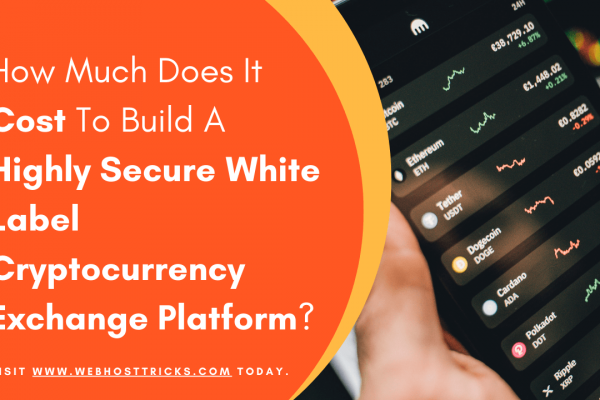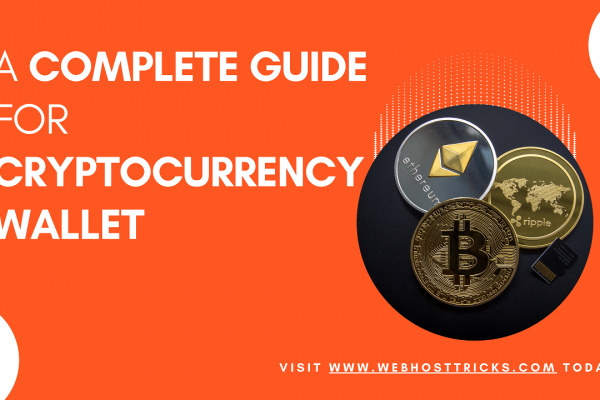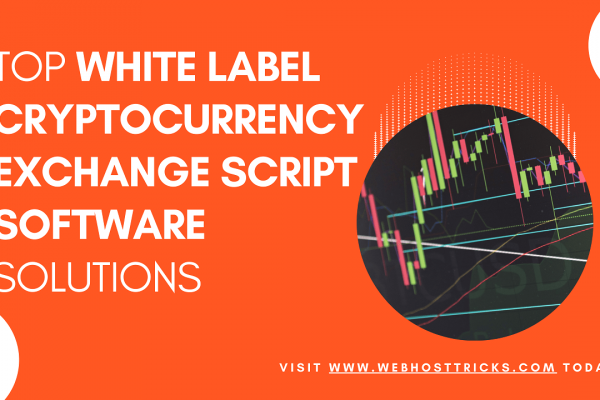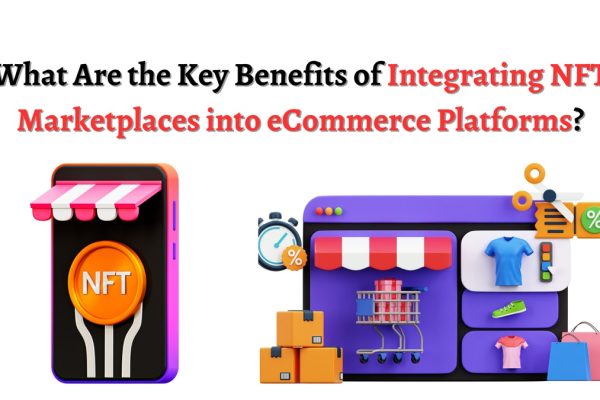In this essay, we’ll untangle the trendy buzzword of the moment: NFT.
Born a few years ago as a natural outgrowth of the Blockchain, NFTs have recently experienced a surge in popularity in the market and the media.
Many things have been said about this technology, both positively and negatively, and not always objectively. Today, we will attempt to clarify the true function of NFTs in our daily lives, particularly for the future. But before we discuss why NFTs were created and what the prospects should be, let us start from the beginning. Risingmax Inc is a leading NFT game development company. We offer cutting-edge NFT game solutions for a variety of industries and products.
What exactly is an NFT?
It is an abbreviation for “Non-Fungible Token.” What does it imply? Non-expendable goods, as opposed to fungible products such as banknotes (which may be exchanged for other banknotes of the same value), suggest that these goods are not replicable and replaceable due to their uniqueness.

A digital mark with a certificate of validity and uniqueness provides this distinctiveness. This certificate was created using blockchain technology. NFTs are thus associated with digital content, ensuring identity and authenticity and providing the owner with a certificate of authenticity of the digital product in question and owned by the NFT. Because of the Blockchain, each NFT is a one-of-a-kind piece that is not fungible or interchangeable. In a nutshell, this is an NFT.
Is there a limit to the number of NFTs that can be created? Nothing special: everything stored on a digital device can be converted into NFT if you have the right to use it (if the purpose is to sell it).
How NFTs Work Today
Today’s NFTs and How They Work NFTs are a massive investing trend that moves billions of dollars. A trend that is likely to persist for a long time, however, with different ramifications than current speculation. Consider the following pricing for several NFTs: Everyday: The First 5000 Days, Crypto Punks, and Bored Ape Yacht Club are worth 69 million, 1 billion, and 542 million dollars, respectively.
When these data were public, many people yelled at the scandal, and many others defended NFT technology. For example, a few weeks ago, an NFT investor named Matt McNally reminded skeptics that many of the items available today are. “However, you can say the same thing about 99% of everything else.”
I may have squandered thousands of dollars on NFTs, but perhaps you’re wasting thousands on the stock market, lottery tickets, or unnecessary purchases.”
In general, when a market attracts so much money, it can only suggest that there are unsatisfied demands that are being met – in this case – by NFTs.
And what are these requirements? First and foremost, to offer value to what previously had none: digital art and creator rights. Second, the need for “recognition” (social, economic) of people is currently unsatisfied in digital environments (and thanks to digital assets).
NFT revenues are expected to reach $10.7 billion in the third quarter of 2021. This surge can also be ascribed to COVID-19, which has compelled many individuals to live digitally in new ways. Furthermore, many artists, entertainers, and musicians – among the most affected by the pandemic – have found themselves in a position to reinvent themselves, finding a method to generate money from their work through the NFTs.
Metaverses
One thing that cannot be argued about NFTs is that they were created without a purpose. However, a question arises: has the goal been met? The field of application primarily determines it. For example, one of the limits of NFTs is that many people wonder, “What is their practical utility?” What can I do with it?”
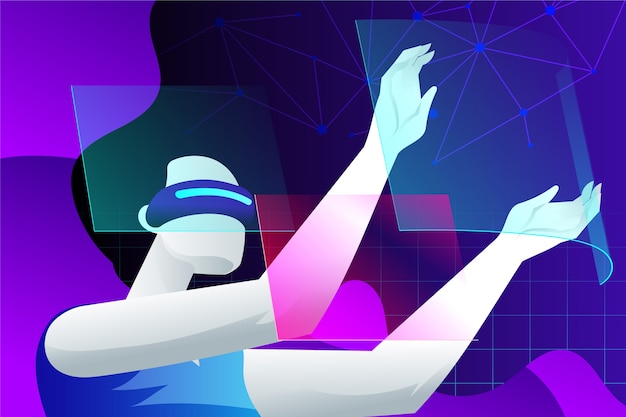
However, this situation is changing due to the emergence of metaverses, where users can utilize and show their NFTs. The announcement by Facebook that it intends to launch its Metaverse indicates that the path to virtual worlds in which it can use its NFTs has been paved.
But what exactly is a metaverse? The canonical definition is a three-dimensional space in which real people can move, share, and interact via personalized avatars. In reality, there is no unambiguous definition. Still, it generally refers to a virtual space where you can interact, invest, and create your character in the image and likeness of what you want to be.
There are currently roughly a dozen (depending on which metaverse definition you want to use). Let’s look at a few examples.
The Roblox game is an example of a metaverse. The system is now also integrated with certain NFTs, allowing users to customize their characters.
Gucci, for example, has tried to reach new consumers within this Metaverse by creating an exclusive “Gucci Collection” composed of NFT, which includes bags, glasses, and hats that users’ avatars can use within the game.
Decentraland is another well-known metaverse. Coca-Cola has launched branded virtual clothes as NFT, even organizing a Rooftop Party on the platform to mark the launch, as an example of an NFT project in this virtual environment.
Read: How Much Does It Cost To Build A Highly Secure White Label Cryptocurrency Exchange Platform?
The benefits of NFTs: why make and sell them?
NFTs are a blessing in disguise for companies and creators.
A new billionaire market has emerged in recent years, with virtually limitless profit potential and negligible expenditures for businesses and people.
The application fields are also limitless: anything may be sold as NFT; generate a digital duplicate of anything you want to sell, and the game is complete. Individual items or digital works of art can be tokenized, and collections of thousands of objects.
Furthermore, NFTs include all of the traditional benefits of Blockchain, such as decentralization, disintermediation, registry immutability, traceability, and verifiability of its contents, movements, and transfers.
Another advantage is the prospect of profiting even from second, third, fourth, and so on level sales: you are compensated for your rights every time your NFT is resold to third parties. All are owing to the Blockchain’s ability to track every transfer of ownership-a constant and unending earnings stream.
NFTs’ limitations
We will now discuss the issues that are jeopardizing the success of NFTs. Let us begin with the issue of use and sale rights.
Copyright
The well-known film director, Quentin Tarantino, has announced his entry into the field of NFT art by creating seven scanned digital copies of his original handwritten screenplays with audio commentary. In this case, the film production firm, Miramax, sent a warning letter to the director, claiming ownership of the film materials and refusing to provide rights to the filmmaker, even though the director holds the script.

A fashion that does not prioritize quality
Another “problem” associated with the sector, which also threatens its success, is the proliferation of very poor quality NFTs: because anyone can create NFTs – with a minimum of technical knowledge – the market’s rapid growth has encouraged a generalized poor quality of the objects for sale, which are often purchased equally.
Digital and everlasting are two words that do not go together
When discussing NFT, it is important to remember several structural and technical challenges, some of which are unique to blockchains. As we saw in the first chapter, NFTs are essentially smart contracts placed on a blockchain and refer to the digital asset you possess.
But what if the reference blockchain stops being a blockchain or stops existing? And what happens when the data linked by a smart contract becomes unreachable – either because they have expired or have become obsolete?
NFTs use a lot of energy
A few months ago, Jason Citron, CEO of Discord, one of the world’s most popular messaging apps. Announced that he was confident it would blow the fanbase away: he tweeted a screenshot of the app showing how Discord would soon be integrated with MetaMask and WalletConnect, the most popular cryptocurrency and NFTs purchasing systems. Unfortunately for him, the users were not pleased.
One user commented on the tweet, expressing many people’s sentiments: “I can’t wait to inform my friends that Discord promotes pyramid schemes at a high environmental cost. Thank you for the heads-up!” Citron then reversed his statement, stating that Discord has no plans to integrate NFTs and cryptocurrencies.
Too much power for intermediaries
One limitation of NFTs is the presence of intermediaries. A brand or creator who wants to manufacture and sell their NFTs needs to rely on two third parties: the Blockchain, which they may use to undermine their token, and a marketplace, where they can sell it. NFT-Commerce, a digital commerce platform dedicated solely to NFTs, is a solution for marketplaces that earn commissions.
Read: Everything You Need to Know About the Robinhood Clone Development
Conclusions: Why Should You Sell NFT?
NFTs are undeniably the future since they address demands that institutions and businesses have long ignored. Investigating this realm can provide major benefits and a competitive advantage over other companies. These marketplaces are coded from scratch by NFT token development companies, who use cloners, white-label NFT solutions, etc.
When approaching NFTs, it is critical to assess new technology’s benefits and obstacles and avoid falling into the trap of superficiality. As a result, it is essential to solicit assistance from those who already live and work in the blockchain environment. Because when a new market emerges, it is critical to rely on individuals who have already succeeded in building expertise.
